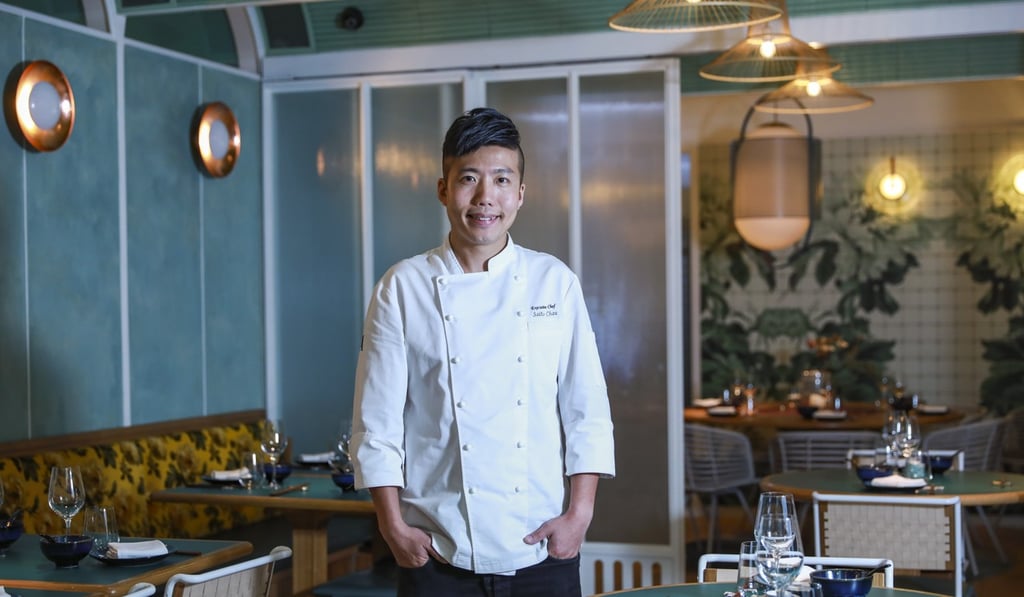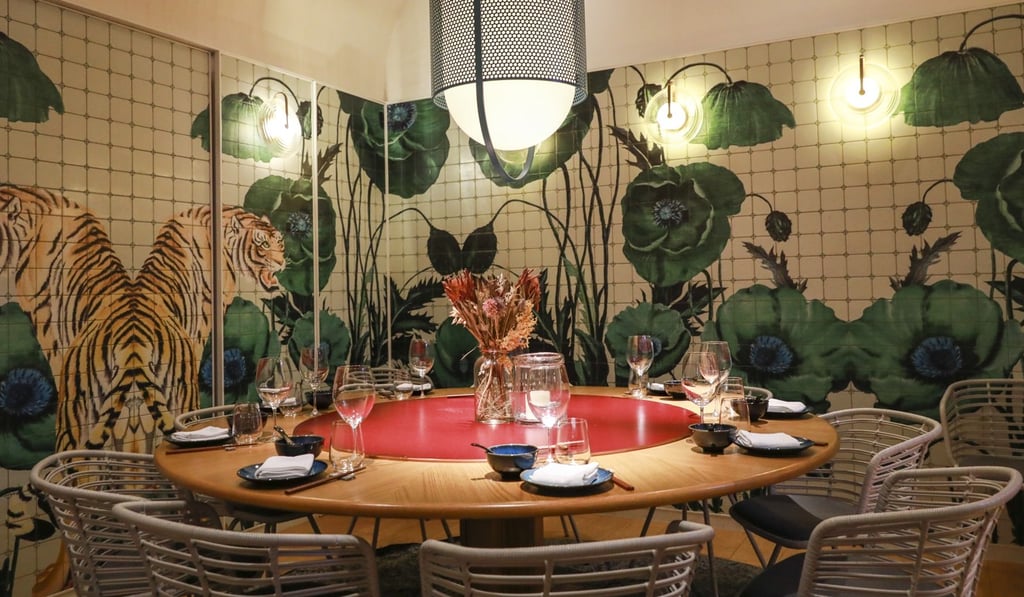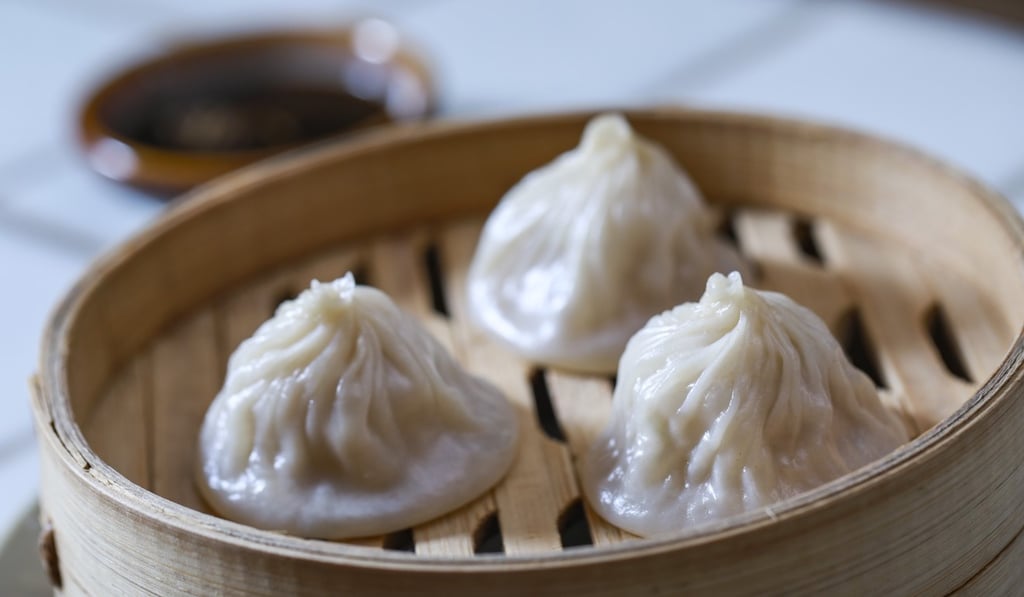Love dim sum? John Anthony’s chef Saito Chau shares his tips on making yummy dumplings

- Chef Saito Chau at John Anthony restaurant in Hong Kong discusses his culinary interpretations of dumplings like xiao long bao, and how to get dim sum right every time you make it
Every region of China has its own take on dumplings. They may differ in their fillings and sauces but the one feature that they have in common are the wrappers and shape. Dumplings are either crescent or round, and are steamed, boiled or fried.

Eaten on a daily basis in China, the humble dumpling is said to have originated during the Three Kingdoms era (AD220-280) when general Zhuge Liang dammed up a poisoned marsh with dumplings during his campaign against the southern Nanman. Others say they were invented by a Chinese doctor, Zhang Zhongjing, during the preceding Eastern Han dynasty (206BC-AD220).

But whoever devised this popular Chinese staple, we are glad they did. Two of the most popular in Hong Kong are har gow – shrimp dumpling – and xiao long bao (or siu lung bau in Cantonese) – a dumpling filled with diced chicken, pork, ham and hot soup.
“Xiao long bao is originally from northern China but chefs brought back this delicacy to the south,” says Saito Chau, executive chef of John Anthony. But he points out that xiao long bao in Hong Kong differ to those of the north.

“Northern China used to be less well off so their xiaolongbao would have thick skin and not too much filling to give the diner the sense of feeling full, but in the more affluent south, the wealthier families liked their xiao long bao to have delicate skin and with more filling.”